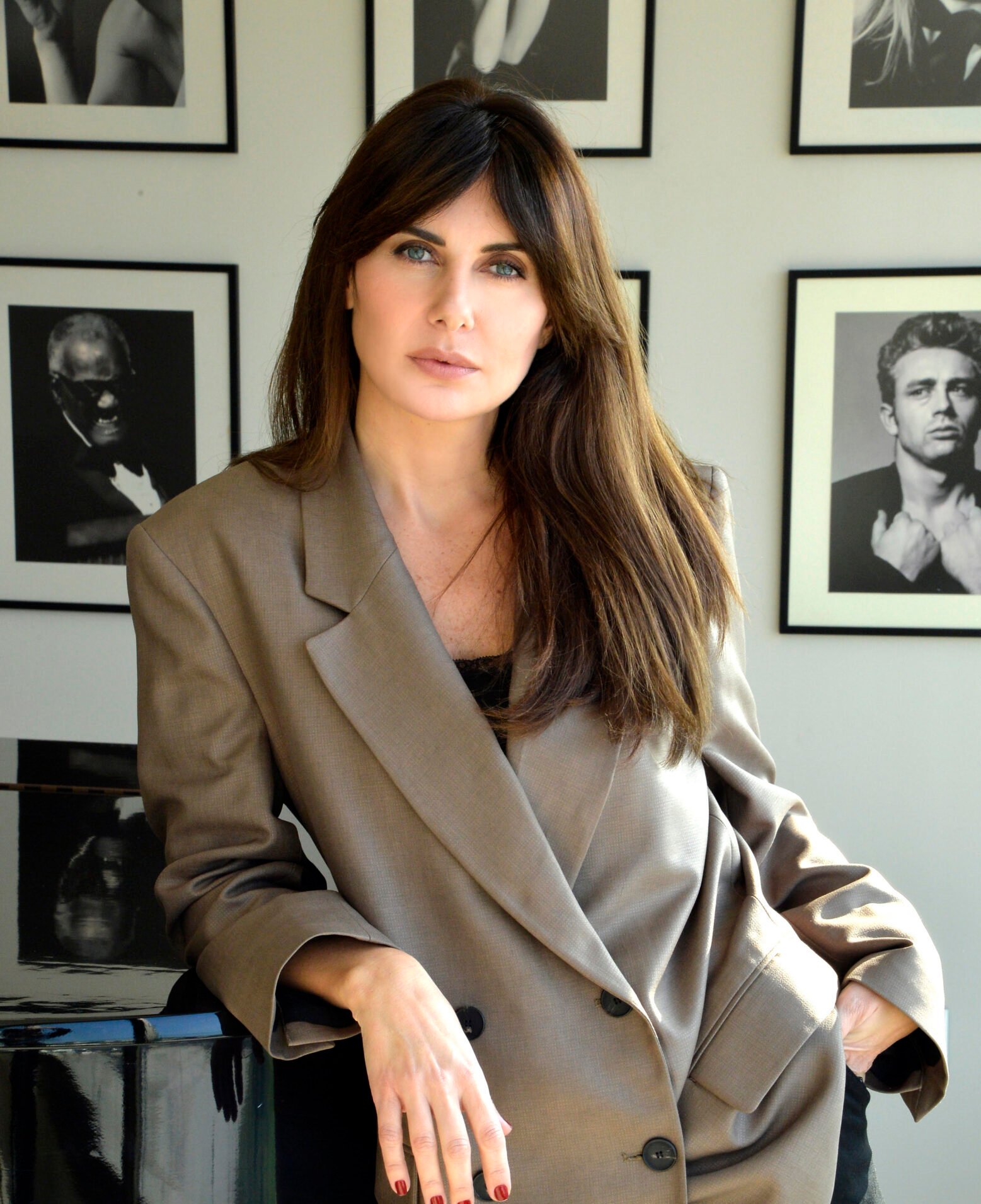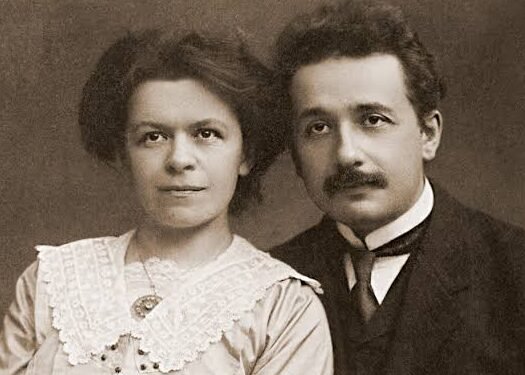Lee Miller: Defying Convention from the Start
Lee Miller, a renowned for her photography, was garnered to be ahead of her time. During a period when society expected women to be timid and submissive, she lived on her own terms. She didn’t let her success on the runway define her. With her camera in hand, she took beautiful and thought-provoking photos. It’s interesting to realize that the only reason her work truly persevered was due to her son, Anthony Penrose. He still promotes her legacy, writing about her life and career. As well as continuing to curate exhibitions of his mother’s work to ensure it remains recognized and honored.
The year was 1907 when Lee Miller was born in the city that never sleeps- New York. Raised in a traditional middle-class home she longed for something more. Something that would set her apart from the rest. From a young age, she insisted on wearing trousers and had a tomboyish nature. Emulating her brothers, who she had a close relationship with. She kept up with the habit as a comfortable and practical choice of clothing even when it was still deemed rebellious for women to do so.
Lee Miller Modeling Career, More Than Skin Deep

Rebellion was a crucial weapon in her arsenal, it was a tool that caught the attention of Conde Nast, who offered her a job in modeling when she was 19. Miller’s striking features graced the covers of the iconic Vogue magazine. It secured her place in the world of high fashion. However, her rebellious nature made her more than just a pretty face and she knew it. She hungered for more, something that would satiate her restless spirit. The world was for her to grab and she was determined to make her mark.
In the 1930s, she began pursuing a career in photography, studying under the famous surrealist artist Man Ray in Paris. She later adopted this style. She was often using multiple exposures and techniques to give her pictures a fantastical and dreamlike quality.
Egyptian Sojourn: Lee Miller’s Artistry Meets Personal Struggle
She was one of the early pioneers of Solarization, still a foreign concept to analog photography. Which involved briefly exposing a partially developed print to white light, resulting in a reversal of tones and a halo-like effect around the edges. This is seen with Lilian Harvey’s Solarized portrait in 1933.
Miller is known to have traveled across Europe, but her first striking photo essay in Egypt showcased her techniques. Taken during her first marriage to Aziz Eloui Bey, who was an Egyptian businessman. The “Portrait of Space” was taken in 1937, near Siwa. It was also a representation of her depressive psychological state. It mixes the genre of portraits and landscapes. Using Photomontage, she exposed the film twice to two different images combining them into one. A portrait of herself framed near the top of the net, with a solarized landscape to create a dreamlike effect.
Another photographic technique was her use of light and shadows. Using a strong contrast of the two to create graphic and dramatic images. This is evident in her photo titled “From the top of the great pyramid”. Its use of light and shadow allows Miller to showcase the stature and power of the pyramid looming over its smaller surroundings.
War Correspondent: Lee Miller’s Unflinching Gaze at WWII
While Miller started off exhibiting her more artistic photographic skills. It was during World War II that she truly became a photojournalist. She worked as a war correspondent for Vogue, being the only woman photographer from the group to accompany the U.S. She documented the army during the liberation of Europe, and the aftermath of the concentration camps. Which were the first-ever pictures that were truly eye-opening to the realities and tragedies of the Holocaust.
Mark Haworth-Booth, a curator of “The Art of Lee Miller” had described her photography as a catalyst for discomfort. He claimed that her work “shocked people out of their comfort zone”.
Miller’s documentation of the war was unlike anything else on display. It was unfiltered and gave the viewer an unflinching glimpse into the horrors of war. Mark compared her to another female photographer at the time, Margaret Bourke-White, but with a distinct difference. “She had a chip of ice in her heart, she got very close to things. Margaret Bourke-White was far away from the fighting, but Lee was close. That’s what makes the difference.”
The Unfiltered Reality of War: Miller’s Lens
Miller’s documentation of the war was not air-views of the destruction happening on the ground. Rather, they were up-and-close pictures of piles of dead bodies, prisoners in camps, and a soldier who committed suicide because of the war. These are just a few of the triggering pictures she took. She made it seem although the viewer was standing there in the thick of it. Her subjects were not just objects within a frame, but human beings who had stories to tell as a result of the war. She captured people’s pain and struggles.

These were taken once the prisoners were liberated from the concentration camps in Dachau circa 1945. Miller explains in the caption of the photographs that the prisoners were overcrowded with triple-decker bunks, each bunk held 2 to 3 men. A few minutes after taking the pictures she took other pictures that included two men that were found dead and were dragged outside the block.
Hitler’s Apartment: A Glimpse into History
It’s the quality of these pictures that set Miller apart from her peers, the lengths she would go to capture them. It wasn’t just a visual representation of the horror of war, but an emotional journey that forced the viewer to confront their own feelings about what they were seeing.
This picture titled “Suicide SS guard”, shows a guard from Hitler’s personal unit. He had hung himself by sitting down and tying a string to a radiator. In Miller’s caption of the photo, she describes how he was taken out of the stretcher and thrown on a heap of other bony cadavers. She writes “He looked shockingly big, the well-fed bastard.” The picture was also published in US Vogue and UK Vogue.
Among these pictures taken in Germany are snippets of Hitler’s house. His house was of great importance to him to the point a few outsiders were allowed in. This is important to note not only because it provides a rare glimpse into the private life of one of the most infamous figures in history. But, Miller’s pictures offer a unique perspective into someone that remains shrouded in mystery and myth.
Lee Miller Hitler’s Apartment. Munich, Germany 1945
Hitler’s Apartment: Part I
These pictures were taken a couple of days before the end of the Second World War. Miller was staying at Hitler’s apartment in Munich after it was taken over by the US army. In her archives, Miller explained that the rest of the US soldiers had been carrying out their duties as if they hadn’t been living in a museum. Here Miller captures not only historical significance but also uses her creativity and skill. Offering a glimpse into her own way of seeing the world.
The first picture shows the interior design of the apartment. The second photograph is the exterior of the apartment. Serving as a symbol of authority and power during the war. It’s haunting in a way, capturing the architecture and the sense of anxiety that surrounds it.
Hitler’s Apartment: Part II
The third and fourth pictures are the most insightful of Hitler’s character. His personal tastes and the interests behind the myth. Among his memorabilia is a signed photograph of Mussolini, showcasing the relationship between the two fascist leaders.
The fourth picture is perhaps the oddest, depicting a beer mug shaped as the head of King George VI. Miller explains in her caption, that once the mug was lifted it played the national anthem. It was also revealed that Mr. Chamberlain had given it as a gift.
The most iconic picture of the apartment itself was Lee Miller in Hitler’s bathtub. Lee Miller with the help of David E. Scherman had taken pictures cleaning themselves. Staining Hitler’s bath mat with the dust of Dachau (where the concentration camp was held). With the previous photograph of the owner (Hitler) propped on the edge of the tub.
Lee Miller Legacy Beyond Photography
Miller’s work has proved her extensive range. Starting off as a fashion model, it allowed her to develop a unique eye for lighting, composition, and fashion which she eventually adopted into her own photography.
Her documentation of the second world war was prevalent images that captured how war affects its citizens, and soldiers. It also gives an inside look into the more small details of Hitler’s life. In a way, stripping his large figure into a mundane one.
After the war, Miller suffered from substance abuse of alcohol and was dealing with the effects of PTSD. At the time was diagnosed as clinical depression because of the lack of knowledge and research on PTSD.
Remembering Lee Miller: A Trailblazer in Photography
She married the British artist Roland Penrose and lived in England. Becoming a successful food writer and hostess. Her contributions extended beyond photography, becoming a muse and collaborator to many artists and writers. Notably, Pablo Picasso, Marlene Dietrich, and Jean Cocteau.
Miller died in 1977, but her legacy lives on. Her extensive online archive includes thousands of pictures taken in several countries. Yet, she is constantly remembered in several publications as a woman ahead of her time. A pioneer that set her own trail and left a significant mark in the world of fashion and photography. She was a survivor, a risk-taker, and a force to be reckoned with.
By Razan Matar- Editorial Team
For more articles like this head to our Lifestyle page: https://executive-women.me/category/lifestyle/
References:
- Giovanni, Janine D. “What’s a Girl to Do When a Battle Lands in Her Lap?” The New York Times Magazine, Winter 2007: 68–71. ProQuest. March 2, 2017
- Lee Miller wrote; ‘… One SS man had enough of ever – 1923. LeeMiller. (n.d.). Retrieved March 23, 2023, from https://www.leemiller.co.uk/media/Lee-Miller-wrote-one-SS-man-had-enough-of-everything-and-hanged-himself-sitting-down-by-tying-a-string-to-a-radiator/H3aeZruc2E-kUaU8nxmR2A..a?ts=mBGYsqFwxh3kBxWLefhBNnepQ8jLoL9JFE2pHOwOho8.a














